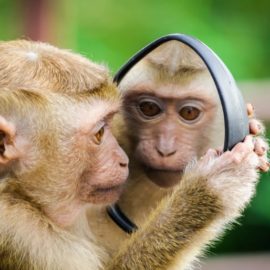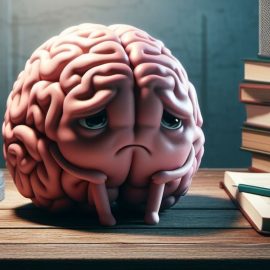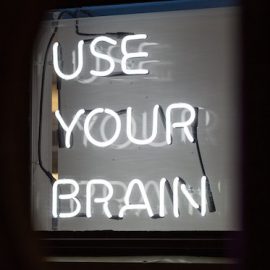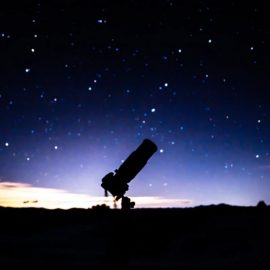
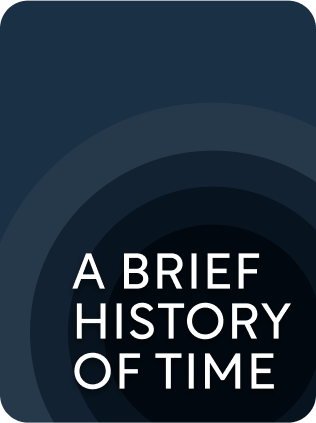
This article is an excerpt from the Shortform book guide to "A Brief History of Time" by Stephen Hawking. Shortform has the world's best summaries and analyses of books you should be reading.
Like this article? Sign up for a free trial here .
Can time go backwards? Or can it only move in the forward, linear direction?
One of the fundamental properties of the universe is that it moves from the state of order to the state of disorder or entropy. We can’t reverse this state of affairs which is why it’s highly unlikely that time can ever go backward.
Here is why it’s likely impossible to run the clock backwards.
Can Time Go Backwards?
If time is relative, in what direction does it point? Can time possibly go backwards?
Stephen Hawking lays out three different “arrows of time,” or ways in which we can separate events in the past from those in the future—the thermodynamic arrow of time, the psychological arrow of time, and the cosmological arrow of time. All three arrows strongly suggest that time can only move forward.
The Thermodynamic Arrow
We’ve all seen a glass or ceramic cup fall to the floor and shatter. Could the same cup reconstitute itself and place itself back on the table? The second law of thermodynamics says that, within a closed system, total entropy, or disorder, can only increase or remain stable over time—it can never decrease.
A cup spontaneously reconstituting itself would represent the decreasing of entropy over time. There are more disordered states than ordered states. An assembled puzzle can only exist in one precise configuration, but there are limitless unique configurations in which it can exist in an unassembled, disordered state. Given these odds, the overwhelming likelihood is that order will always yield to disorder over time.
To see whether or not entropy truly increases with time, we would need to know the state of entropy at the very beginning of time. If the universe began in a state of maximum disorder, then there would be no second law of thermodynamics, and no thermodynamic arrow of time. But this hypothesis does not line up with observation—entropy increases in the same direction that the universe expands, making our perception of time move in a forward direction. This is the thermodynamic arrow of time, and it tells us that backwards time travel is unlikely.
The Psychological Arrow
We experience time as forward-moving. We remember events in the past, not those in the future. We perceive ourselves as always moving toward the unknown future and away from the known past. This also happens to be the direction in which entropy increases. This is the psychological arrow of time. It, too, strongly argues against the possibility of traveling backward in time.
The Cosmological Arrow
The no-boundary hypothesis argues for a smooth, ordered universe at the beginning, albeit with some irregularities of density due to the uncertainty principle. These irregularities became more pronounced after inflation, producing a lumpier, more uneven, and more disordered universe, thus conforming to thermodynamics.Even in a hypothetical Big Crunch disorder does continue to increase; the Big Bang and the Big Crunch are not simple mirror images. We can only exist in the expanding phase of the universe, when entropy is increasing—thus, time always moves forward. This is the cosmological arrow of time. Like the previous two arrows, it renders the possibility of backward time travel highly improbable.

———End of Preview———
Like what you just read? Read the rest of the world's best book summary and analysis of Stephen Hawking's "A Brief History of Time" at Shortform .
Here's what you'll find in our full A Brief History of Time summary :
- The search for a theory that explains the history and evolution of our universe
- Stephen Hawking's discussions about time, space, dimensions, and quantum theory
- How time travel would theoretically work


